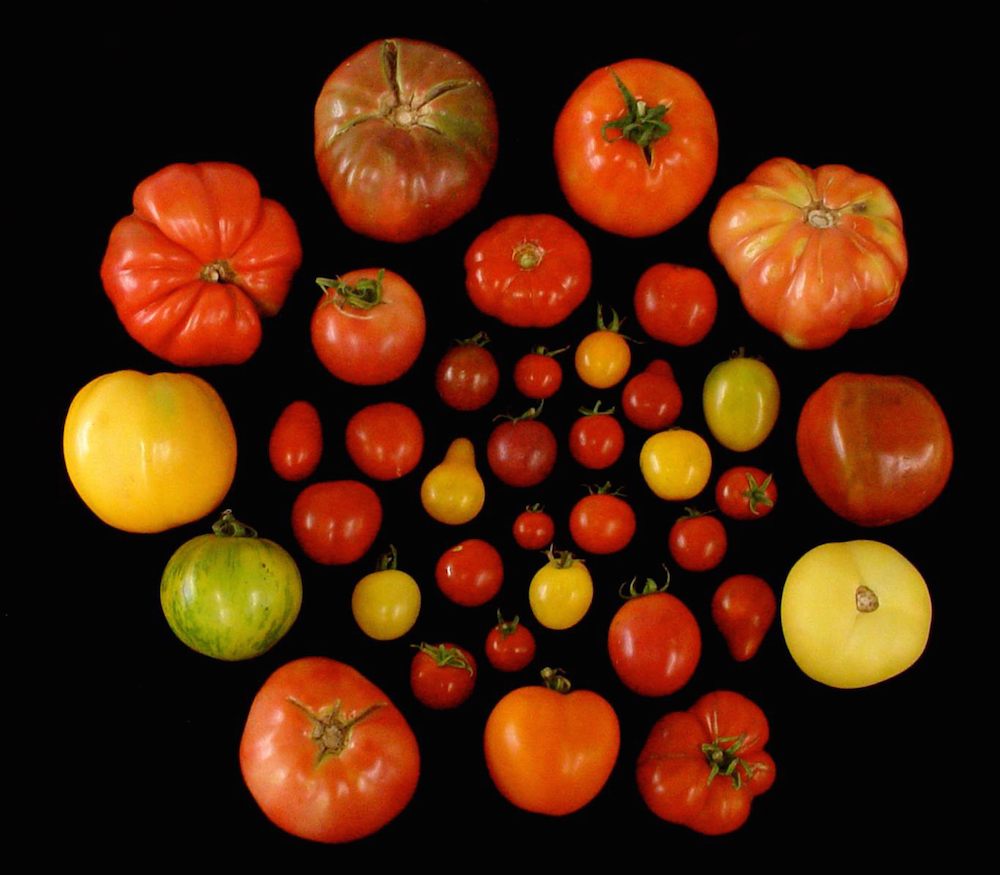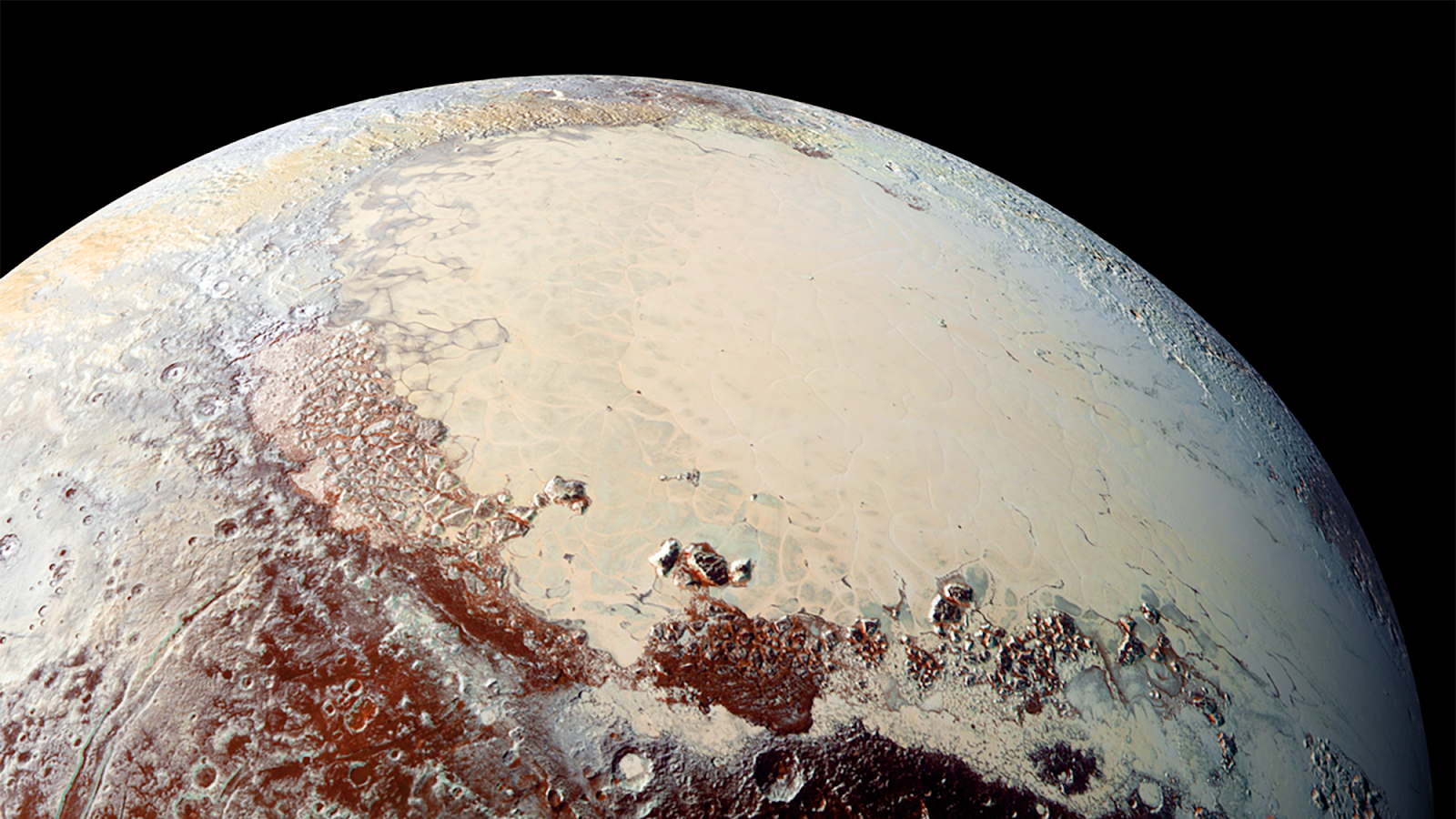Big, Red and Tasteless: Why Tomatoes Lost Their Flavor

Ever wonder why most store-bought tomatoes are so tasteless? The answer (surprise, surprise) has to do with revenue: Tomato farmers care about yield, and the genetic variants associated with yield are not associated with tasty tomato flavors, a new study finds.
"Consumers complain that the modern tomato has little flavor. [It's] like a 'water bomb,'" said the study's co-principal investigator Sanwen Huang, the deputy director general at the Agricultural Genome Institute at Shenzhen at the Chinese Academy of Agricultural Sciences.
How can farmers ditch this "water bomb" and reinstate the rich, sweet flavor of the tomato? To find out, Huang and colleagues investigated which genes are associated with tomatoes' taste. [Why Are Bananas Berries, But Strawberries Aren't?]
The researchers began the project by sequencing the whole genomes of 398 modern, heirloom and wild varieties of tomato. Then, the scientists created a 100-person consumer panel that sampled 160 tomatoes based on sensory qualities, including "overall liking" and "flavor intensity."
Based on the panel's feedback, the researchers identified dozens of chemical compounds that could be related to the tomato's sumptuous taste. Using a statistical model that determined the concentration of various chemicals in the tomatoes, the scientists identified 33 flavor compounds, Huang said.
The researchers then measured the content of the 33 flavor compounds in each of the tomatoes, and identified about 250 genetic loci (specific points on a chromosome) that controlled tomato flavor.
This finding "revealed the genetic basis of tomato flavor," Huang told Live Science in an email. But the researchers also wanted to determine why store-bought tomatoes are so tasteless — i.e., "water bombs."
Get the world’s most fascinating discoveries delivered straight to your inbox.
It turns out that modern tomato cultivars are selected for qualities such as size, because consumers prefer large fruit, and firmness, because that trait makes tomatoes easier to ship, the researchers said. Meanwhile, the quality of flavor has been overlooked, the investigators said.
"We found that modern commercial varieties contain significantly lower amounts of many of these important flavor chemicals than older varieties [do]," the researchers said in the study.
Tasteless "water bombs"
When people bite into a tomato, its sugars and acids activate taste receptors, and a diverse set of volatile (airborne) compounds activates smell-related receptors in the nose.
"Volatiles, in particular, are essential for good flavor. For example, the removal of specific carotenoid-derived volatiles [from tomatoes] results in significant reductions in consumer liking," the researchers wrote, citing a 2010 study in the Journal of the Science of Food and Agriculture.
The absence of volatiles could partly explain why store-bought tomatoes are so tasteless, the researchers wrote in the study. The researchers found that "13 flavor-associated volatiles were significantly reduced in modern varieties relative to heirloom varieties." Moreover, refrigeration can alter a tomato's volatile compounds, the study authors noted.
What's more, smaller tomatoes have a higher sugar content, a quality that large, store-bought tomatoes often lack, the scientists found.
But there is hope for a future filled with tasty, new varieties of store-bought tomatoes, as "our results provide a road map for improvement of flavor," the researchers wrote in the study.
By working together, geneticists, biochemists, breeders and consumers "can provide better-flavored tomatoes for our society," Huang said.
The study was published online today (Jan. 26) in the journal Science.
Original article on Live Science.

Laura is the archaeology and Life's Little Mysteries editor at Live Science. She also reports on general science, including paleontology. Her work has appeared in The New York Times, Scholastic, Popular Science and Spectrum, a site on autism research. She has won multiple awards from the Society of Professional Journalists and the Washington Newspaper Publishers Association for her reporting at a weekly newspaper near Seattle. Laura holds a bachelor's degree in English literature and psychology from Washington University in St. Louis and a master's degree in science writing from NYU.

